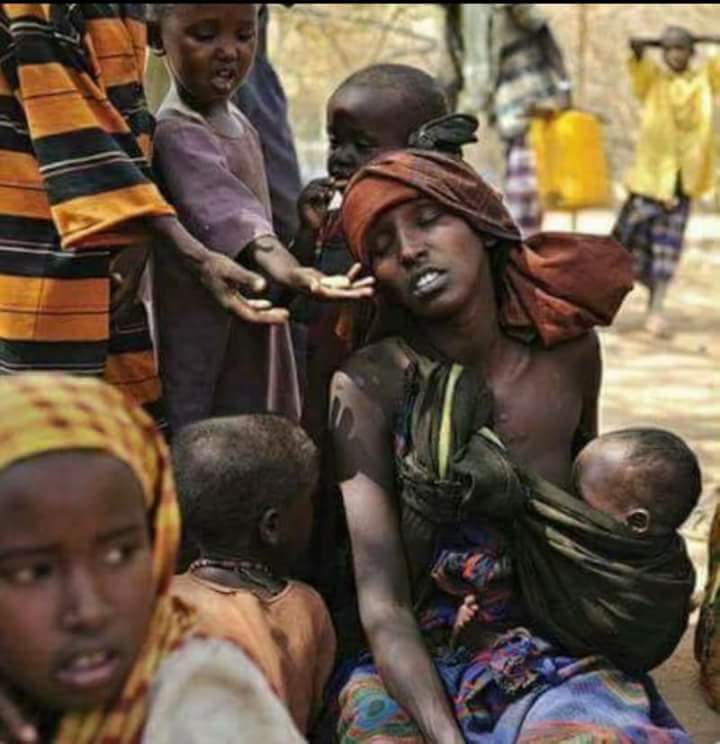Are refugees going “home” by choice?
The UNHCR acknowledges that repatriation is often unsafe, but claims to be holding interviews with refugees considering return and repatriating only those whose choices seem voluntary. If choices are voluntary, perhaps the UNHCR’s repatriation assistance is ethical.
But if refugees are being forced out of Dadaab, their repatriation isn’t voluntary. Being forced out doesn’t necessarily mean being physically forced out of the country. It could mean that conditions are so challenging in the camp – and in Kenya in general – that choices to return are still involuntary.
For instance, refugees living in most camps in Kenya cannot legally leave or work and, because wealthy states do not provide enough aid, they don’t get enough food.
In 2018, I interviewed 22 South Sudanese refugees living in the Dadaab and Kakuma refugee camps and in Nairobi. I learned that they relied on food from relatives or friends. But even this wasn’t enough to ensure their health. They also faced persecution outside of camps. Police would often stop and detain them if they failed to pay bribes. Those choosing to repatriate to South Sudan felt they had little choice.
Similar testimonies are widespread among Somali refugees, who describe repatriation using the Somali proverb “laba kala daran mid dooro”– choosing the best of two bad situations.
Even if refugees are moved to other camps, they may suffer from even greater overcrowding and malnutrition. If refugees are choosing between malnutrition in a camp or war in home countries, it does not seem that their choices to return are voluntary.
Restrictive policies
The UNHCR might still justify providing repatriation on the grounds that it gives refugees more choices. But, because of restrictive government policies that often accompany repatriation announcements, evidence suggests it might actually restrict refugees’ choices, at least for those remaining in Kenya.
For example, in 2012 the Kenyan government announced that refugees would be required to live in camps – not cities or anywhere else.
In 2014 the government further constrained the rights of refugees, carrying out arrests of those living in urban centres. It claimed these arrests were in response to a terrorist attack, but simultaneously instituted these policies alongside new repatriation programmes.
These policies force refugees to repatriate. This can be seen from those that choose to repatriate when policies change. In 2018 when the Kenyan high court declared the closure of refugee camps unconstitutional only 7,543 repatriated. This was a huge drop from when the government announced the closure of camps in 2016 when over 33,000 refugees returned and 2017 when 35,409 did.
The Kenyan government may struggle to legally close Dadaab now, but even the possibility of closure may be enough to encourage more refugees to repatriate.
If the UNHCR refused to help with repatriation, the government may still close the camp. This would force refugees into other camps and they could still be denied the right to work in urban centres.
Nonetheless, the UNHCR must consider the impact of its assistance on government policy. If the government’s goal in closing the camp is to encourage repatriation, and only the UNHCR can help with repatriation, then perhaps it should not help.
If it does not help with repatriation, the UNHCR can continue to use its budget to provide aid to refugees in Kenya. And if the government still closes the camp, despite the UNHCR refusing to help with repatriation, it still has the option of re-instituting repatriation in the future.








